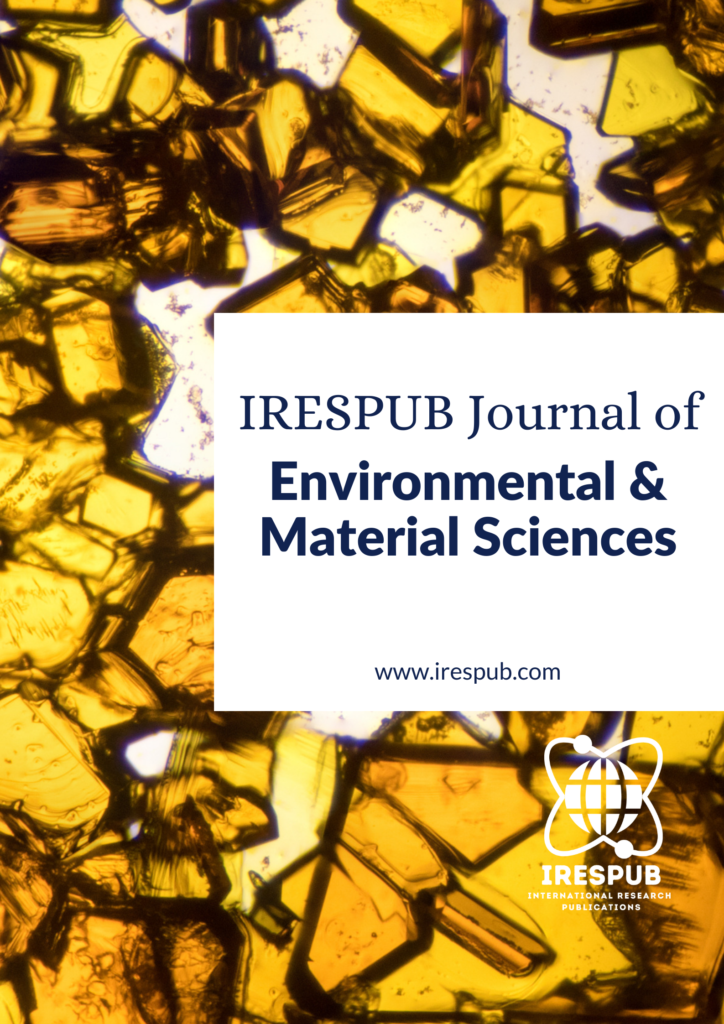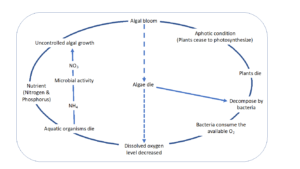
Year Launched: 2021
Journal Menu
- Scope & Research Areas
- Instructions for Authors
- Article Processing Charge
Journal List
- Natural & Applied Sciences
- Life Sciences
- Business Management
- Education & Literature
- Humanities & Cultural Studies
- Medical & Dental Sciences
- Engineering & Computer Sciences
- Agriculture, Food & Nutrition
- Environmental & Material Sciences
- Wellness & Lifestyle Management
- Arts & Ideas
- Law, Policy & Religion
Microalgal bloom and cyanotoxin proliferation in freshwaters: cycle and dynamics, impacts and remediation strategies
Volume 2, Issue 2, Mar-Apr 2022 | Page 1-10 | PDF (331K) | Pub. Date: March 31, 2022
Author(s)
Muhammad Ibrahim1,2, Deqiang Chen1*, Shettima S. Ibrahim3, Hafsat Alhassan Danjaji4, Ran Tian1; 1Key Laboratory of Integrated Regulation and Resource Development on Shallow Lakes; Ministry of Education, College of Environment, Hohai University, Nanjing 210098, PR China; 2Department of Environmental Management and Toxicology, Federal University Dutse 720101, Jigawa State, Nigeria; 3Galtima Maikyari College of Health Sciences and Technology Nguru, Yobe State, Nigeria; 4Department of Biological Sciences, Yobe State University Damaturu, Yobe State, Nigeria
Abstract
The intense growth of microscopic algae and cyanobacteria in our freshwaters eventually results in a colored scum on the surface and thus termed as “Microalgal or Cyanobacterial Bloom.” This bloom can emerge in both saltwater and freshwater habitats, and it can inflict people, harm microflora and fauna, and damage the environment in a variety of ways. In this study, we gathered and investigated relevant data on microalgal bloom and cyanotoxin proliferation in freshwaters. We analyzed and presented an insightful notion of eutrophication and its natural and man-made drivers. The eutrophic cycle and processes of microalgal and cyanobacterial blooms, as well as their consequences, were critically explored in this research. In order to achieve a sustainable and incredibly simple remediation strategy, we thoroughly studied and discussed the many ways of algal bloom cleanup and control instruments. Finally, we highlighted the potential prospects for nitrogen and phosphorus pollution mitigation measures against microalgal blooms and cyanotoxin proliferation in freshwaters.
Keywords
Microalgal bloom;hypoxia and hyperoxia; cyanobacteria; nitrate and phosphate; aphotic condition
Cite this paper
Ibrahim, M., Chen, D., Ibrahim, S. S., Danjaji, H. A., Tian, R. (2022), Microalgal bloom and cyanotoxin proliferation in freshwaters: cycle and dynamics, impacts and remediation strategies, IRESPUB Journal of Environmental & Material Sciences. Volume 2, Issue 2, Mar-Apr 2022, Page 1-10
References
[1] Angela, A. D., Jennifer, M., & Ibrahim, M. (2019). Assessment of the Quality of Water from Rooftops (A Case Study of “Nkamponasi” in Tarkwa, Ghana). International Journal of Scientific and Research Publications (IJSRP), 9(5), p8941. https://doi.org/10.29322/ijsrp.9.05.2019.p8941
[2] Madaan, S. (2019). What is Environmental Pollution? Retrieved from Earth Eclipse: https://www.eartheclipse.com/environment/causes-effects-solutions-to-environmental-pollution.html
[3] Rinkesh. (2019). What Is Eutrophication? Retrieved from Conserve Energy Future: https://www.conserve-energy-future.com/causes-effects-and-solutions-to-eutrophication.php
[4] Khadija, B. U., & Ibrahim, M. (2019). Assessment of the Pollution extent of Sulphur Dioxide (SO2) and Nitrogen Dioxide (NO2) in Ambient air within Kano Metropolis, Kano State, Nigeria. Journal of Environmental Science, Computer Science and Engineering & Technology, 8(8), 396–404. https://doi.org/10.24214/jecet.A.8.4.39604.
[5] Estrada, V., RodriguezeReartes, S. B., SoledadDiaz, M. (2011). Determination of biorestoration strategies in eutrophic water bodies through the formulation of an optimal control problem based on a 3D ecological model. Computer Aided Chemical Engineering, ScienceDirect, 1281-1285.
[6] Ibrahim, M, Daniel, A. K., Kiyawa, S. A., & Kutama, A. S. (2017). Phyto-Accumulation of Lead and Chromium in Common Edible Green- Leafy Vegetables Consumed in Dutse Metropolis, Jigawa State, Nigeria. International Journal of Chemical, Material, and Environmental Research (Vol. 4, Issue 3).
[7] de Jonge,V.N. & Elliotte, M. (2001). Eutrophication. Encyclopedia of Ocean Sciences (Second Edition), 2, 306-323.
[8] Cihelio Alves Amorim & Ariadne do Nascimento Moura (2021). Ecological impacts of freshwater algal bloom on water quality, plankton biodiversity, structure, and ecosystem functioning. Science of the Total Environment, 758, 143605
[9] Dong X.Y., Qin, J.G. & Zhang, X.M (2011). Fish Adaptation to Oxygen Variations in Aquaculture from Hypoxia to Hyperoxia. Journal of Fisheries and Aquaculture, 2(2), 23-28.
[10] Ibrahim, M. (2019). Air Quality Analyses for Photochemical Smog Associated with Atmospheric Aerosol Particles and Ozone Precursors Using CMAQ and CAMx Modeling Systems. International Journal of Scientific Research in Science and Technology, 224–235. https://doi.org/10.32628/ijsrst196530
[11] Tang, Y., Zhang, M., Sun, G., & Pan, G. (2019). Impact of eutrophication on arsenic cycling in freshwaters. Water Research, 150, 191–199. https://doi.org/10.1016/j.watres.2018.11.046
[12] Walker, I. R. (2006). Chironomid overview (Vol. 1). U.S.A: 360–366 in S.A. Elias (ed.) Encyclopedia of Quaternary Science, Vol. 1, Elsevier.
[13] Akilu, M.S. & Ibrahim, M. (2021). An Assessment of Occurrences of Thunderstorms as an Indicator of Climate Change: A Case Study of Potiskum and its Environs, Yobe State, Nigeria. International Journal of Scientific Research in Science and Technology (IJSRST), Online ISSN: 2395-602X, Print ISSN: 2395-6011, Volume 8 Issue 4, pp. 526-533, July-August 2021. Available at DOI: https://doi.org/10.32628/IJSRST218480 Journal URL: https://ijsrst.com/IJSRST218480
[14] Korpinen, S., Bonsdorff, E. Crowe, T.P. & Frid, C.L.J. (2015). Eutrophication and hypoxia: impact of nutrient and organic enrichment. Marine Ecosystems, 202-243.
[15] Numafo-Brempong, L., Dawoe, E., & Ibrahim, M. (2019). Assessment of the Effect of Biochar and Leucaena Leucocephala on the Growth and Yield of Maize (Zea mays). International Journal of Scientific Research in Science and Technology, 34–45. https://doi.org/10.32628/ijsrst19641
[16] Lemley, D. A. & Adams, J. B. (2019). Eutrophication. Encyclopedia of Ecology (Second Edition), Elsevier. doi: https://doi.org/10.1016/B978-0-12-409548-9.10957-1
[17] Mairiga, N. M., & Ibrahim, M. (2021). Assessment of Indigenous Knowledge in Managing Environmental Challenges: A Case Study of Ringim Local Government Area of Jigawa State, Nigeria. International Journal of Scientific Advances 2(4), 606–611. https://doi.org/10.51542/ijscia.v2i4.25
[18] Thakur, V. (2018). What is eutrophication? What are its Causes & Effects? Retrieved from Science Samhita: https://sciencesamhita.com/what-is-eutrophication-its-causes-effects/
[19] Ibrahim, M., Chen, D., Ibrahim, S. S., Danjaji, H. A., Ibrahim, K. (2022a), Status of education and agricultural mechanization as a tool for poverty alleviation in Nigeria: a brief review, IRESPUB Journal of Agriculture, Food & Nutrition. Volume 2, Issue 1, Jan-Feb 2022, Page 1-6
[20] Coates, P. (2004). Emerging from the Wilderness (or, From Redwoods to Bananas): Recent Environmental History in the United States and the Rest of the Americas”. Environmental & History, 10(4), 407–38.
[21] USDA, U. S. (2019). Animal Feeding Operations. The U.S.A.
[22] Peirce, J.J., Weiner, R. F. & Aarne, P. (1998). Wastewater Treatment. Elsevier Inc.
[23] Ibrahim, M., Chen, D., Ibrahim, S. S., Danjaji, H. A., Muazu, T. (2022b). A Concise Review on The Current Status of Agricultural Mechanization and Environmental Considerations in Nigeria. International Journal of Scientific Advances (IJSCIA), Volume 3| Issue 1: Jan-Feb 2022, Pages 147-151, URL: https://www.ijscia.com/wp-content/uploads/2022/02/Volume3-Issue1-Jan-Feb-No.231-147-151.pdf
[24] Boyd, C.E. (2009). Aquaculture, Freshwater. Encyclopedia of Inland Waters, Elsevier.
[25] Aqu96 (1996). Introduction to the Practice of Fishery Science, Aquacultural Sciences. Elsevier. doi: https://doi.org/10.1016/B978-012600952-1/50011-6
[26] James H. Tidwell, L. A. (2019). Freshwater Aquaculture. in Encyclopedia of Ecology (Second Edition), Elsevier.
[27] Horlacher, H., Heyer, T., Ramos, C.M. & da Silver, M.C. (2012). Management of Hydropower Impacts through Construction and Operation (Vol. 6). Comprehensive Renewable Energy, Elsevier.
[28] Buschmann, A.H., Hernendez-Gonzalez, M.C., Aranda, C., Chopin, T., Neori, A., Halling, C. & Troell, M. (2018). Mariculture Waste Management. Elsevier.
[29] (2019). What Is Eutrophication? Retrieved from Chemistry: https://byjus.com/chemistry/eutrophication/
[30] Robert, K. L. (2019). Lake physical feature. Retrieved from Encyclopaedia Britannica:https://www.britannica.com/science/lake
[31] Bressler D.W. & Paul, M.J. (2007). Effects of Eutrophication on Wetland Ecosystems. Tetra Tech, Inc.
[32] Whitton, B.A. & Potts, M. (2000). The ecology of cyanobacteria. Dordrecht: Kluwer Academic Publishers.
[33] Otten, T. G. & Pearl, H. (2015). Health Effects of Toxic Cyanobacteria in U.S. Drinking and Recreational Waters: Our Current Understanding and Proposed Direction. Current Environmental Health Reports, 2(1), 75–84. doi: https://doi.org/10.1007/s40572-014-0041-9
[34] Stewart, I., Schluter, P.J. & Shaw, G.R. (2006). Cyanobacterial lipopolysaccharides and human health-a review. Environmental Health. PMID: 16563160, PMCID: PMC1489932. DOI: 10.1186/1476-069X-5-7
[35] Funari E. & Testai, E. (2008). Human health risk assessment related to cyanotoxins exposure. Critical Review on Toxicology, 38(2), 97–125.
[36] Charpy, L., Casareto, B. E., Langlade, M.J. & Suzuki, Y. (2011). Cyanobacteria in Coral Reef Ecosystems: A Review. Journal of Marine Biology, 2012, 9 pages.
[37] Young, A. C., & Ibrahim, M. (2021). Bioaccumulation of Heavy Metals in Lycopersicon Esculentum Grown with Tannery Sludge across Some Selected Farmlands in Dawakin Kudu LGA of Kano State, Nigeria. International Journal of Scientific Research in Science and Technology, 251–257. https://doi.org/10.32628/ijsrst218238
[38] Knockaert, C. (2019). Possible Consequences of Eutrophication. Retrieved from Wiki Coastal: http://www.coastalwiki.org/wiki/Possible_consequences_of_eutrophication
[39] Velvizhi, G. (2019). Chapter 4.1 – Overview of Bioelectrochemical Treatment Systems for Wastewater Remediation. Microbial Electrochemical Technology: ScienceDirect.
[40] Di Maggio, J., Estrada, V. & Soledad Diaz, M. (2015). Water Resources Management with Dynamic Optimization Strategies and Integrated Models of Lakes and Artificial Wetlands. Computer Aided Chemical Engineering, Volume 37, 2543-2548.
[41]Ibrahim, M., Young, A. C., Chen, D., & Mughal, N. (2021). Potential ecological risk, in-situ phytoextraction potential of Lycopersicon esculentum, and pollution indices of selected toxic metals in Hausawan – Kaba, Kano State, Nigeria. Environmental Challenges, 4(March), 100113. https://doi.org/10.1016/j.envc.2021.100113
[42] Abdallah, M. S., Ibrahim, M., & Warodi, F. A. (2017). Review on Some Plants As Bio – Pesticides. International Journal of Contemporary Research and Review. https://doi.org/10.15520/ijcrr/2017/8/07/203
[43] Lenntech (2019). Algae filtration from superficial water. Retrieved from Water Treatment: https://www.lenntech.com/eutrophication-water-bodies/algae-filtration.htm
[44] Zheng, T., Li, J., Ji, Y., Zhang, W., Fang, Y., Xin, F., Dong, W., Wei, P., Ma, J. & Jiang, M. (2020) Progress and Prospects of Bioelectrochemical Systems: Electron Transfer and Its Applications in the Microbial Metabolism. Front. Bioeng. Biotechnol. 8:10. doi: 10.3389/fbioe.2020.00010
[45] Kelly, P.T., He, Z. (2014). Nutrient removal and recovery in bioelectrochemical systems: a review. Bioresour Technol. Feb; 153: 351-60. DOI: 10.1016/j.biortech.2013.12.046. Epub 2013 Dec 18. PMID: 24388692



